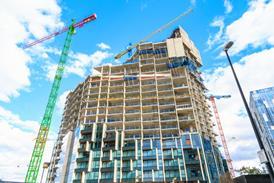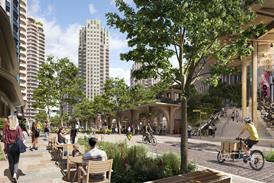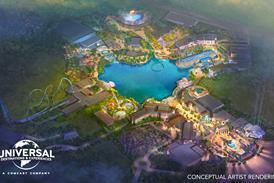The first three Passivhaus schools in the UK were certified last week. It was agreed that they would all be announced together to avoid an undignified scramble for the finish line. So we all won but the one in Devon is the first zero-carbon Passivhaus school and the two in Wolverhampton are the first built for no extra cost.
The clients and designers deserve a huge amount of credit for daring to be first; but the obsession with firsts is irksome because it promotes the idea that innovation is inherently good. These days innovation might be a prerequisite to secure funding, win an architectural competition, get planning permission or earn that innovation credit, but, as in nature, the vast majority of innovations simply don’t work, while the best ones are usually too subtle to be labelled as an innovation by a BREEAM assessor.
Random innovations and natural selection deliver perfection over millions of years, but there’s a quicker way to deliver better buildings. It’s smarter to refine what has been proven to work, rather than feel compelled to reinvent the wheel every week because round wheels seem so last year.
Moving on
I was on the team for the Wolverhampton schools designed by Architype and built by Thomas Vale Construction. While there was a buzz about being first I am much more excited about our fourth school which is now at stage C. Here we have been lucky to keep the same team so we can build on what we have learnt.
First time round there was nervousness about specifying boilers and radiators as small as we had calculated because it was such a big step from normal practice. Now we know that we really can heat a 2,400m2 school with a domestic-size boiler and one small radiator per classroom, so we can relax, reassured that the laws of physics do indeed apply to buildings, and go on to build on this confidence.
By going down the Passivhaus route we are able to tap into a huge body of experience and an international community passionate about building performance and largely willing to share and help its members out. An obsession with being first does not encourage such cooperation.
There is no budget for a Soft Landing programme but we are doing it anyway and it is providing invaluable feedback for the next projects. We sold Passivhaus to the client on a promise of closing the performance gap between design and reality so we can’t walk away and blame the occupants, even though the caretaker had cranked up the frost stat for the sprinkler pump to dry his coat, creating the same CO2 emissions as heating the whole school would!
Check your own frost stats and try and design them out next time. But does an insulated pump room count as an innovation, or do we need wind-powered trace heating for that credit?
And yes, in hindsight we made a lot of innovations that we are really proud of. Jonathan Hines and Alan Clarke will share some of them at the international conference in Hannover and solicit feedback from those whose first Passivhaus buildings went up many years ago. However these innovations were driven by the needs of the site and the client and they are not obvious to the untrained eye.
What we put into a building might make it good but it’s what we leave out that has the potential to make it great.










No comments yet